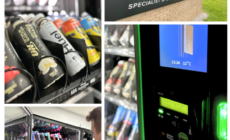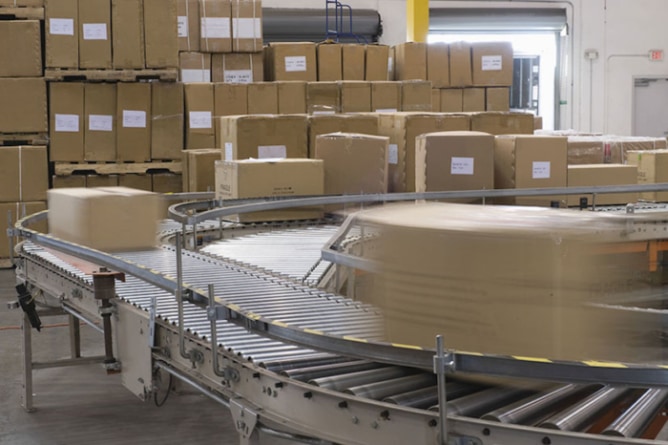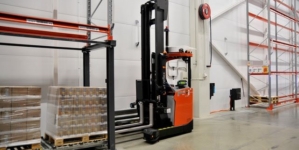-
CTRACK AND ARTURA JOIN FORCES TO LAUNCH TELEMATICS-ENABLED ACCIDENT AND REPAIR SOLUTION - 2 days ago
-
GOPLASTICPALLETS.COM CELEBRATES MONUMENTAL 2,000 TONNE RECYCLING MILESTONE - April 24, 2025
-
LSA INTERNATIONAL CHOOSES PROLOG FULFILMENT TO MANAGE ITS DISTRIBUTION & LOGISTICS - April 23, 2025
-
Uniserve Partners with Logistics Reply to Deliver Transformation to Customers Supply Chains - April 23, 2025
-
Nutrivend selects Forterro’s Orderwise to support online expansion and streamline operations - April 11, 2025
-
Breaking down the automation cost barriers - April 11, 2025
-
ARROWXL LAUNCHES AMBITIOUS ZERO WASTE ROADMAP - April 8, 2025
-
THE BCMPA’S NEW CAMPAIGN DRIVES OUTSOURCING SUCCESS IN Q1 - April 7, 2025
-
‘Solution Agnostic’ approach to automation brings warehouse agility - April 2, 2025
-
BITO supports Tomorrow’s Warehouse - April 1, 2025
Non-EDI users held up in the mail
Approximately 42% companies that do not use EDI, or use only a customer web portals, use post for exchanging documents. This is according to a survey of companies conducted this year for leading EDI company, Data Interchange, who also found that 27% use fax and 28% use a customer web portal. Email is the most popular method at 67%.
Companies using the ‘traditional’, non-EDI methods of exchange, such as post and fax, are losing out significantly, according to Colin Fisher, Head of Sales at Data Interchange. He explained: “Post, in particular, has a massive cost and time impact, both on the customer and the supplier, because it is a completely manual process.”
A GS1 UK white paper identified a £14 per order cost saving gained when using EDI compared to manual processes including phone, fax, post and email to order stock from suppliers. These cost savings are gained through the reduction in disputes caused by inconsistent data, reduced administration and paper work, faster moving stock and less compliance checks needed.
For further information contact [email protected]

































